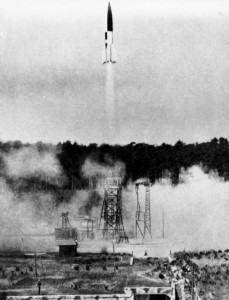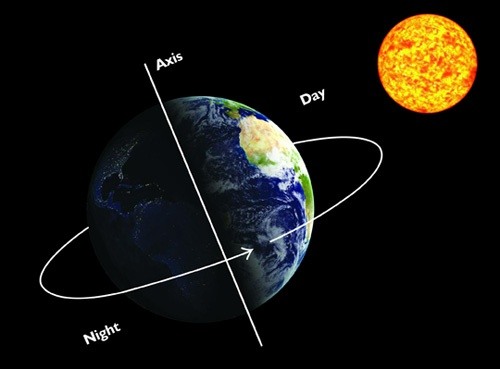The first object to go into space wasn’t a Russian or American satellite, but a German missile designed to target and terrorise Adolf Hitler’s enemies.
During World War Two, German scientists were tasked with developing advanced weapon systems to overwhelm the Allies and thus win the war. A wealth of resources was invested in missile technology. Rocket scientist Wernher von Braun designed the V-2 A4 liquid-propellant rocket, a short range missile with a range of about 320 km (200 miles) and an explosive warhead containing 1,000 kg (2,200 lb) of Amatol.
A successful test launch of the V-2 on October 3, 1942 resulted in the missile reaching a altitude of between 85 and 97 kilometres (figures vary). Technically speaking, it was a sub-orbital flight but an amazing feat given the Wright brothers efforts less than 30 years earlier. Wilbur and Orville’s first flight distance was a paltry 120 feet (37 metres) in 12 seconds at a maximum height of about 10 feet (3 metres) above the ground.
Although Hitler reportedly thought the V-2 an expensive artillery shell, he supported its development. Over 3000 were launched at London, Antwerp and Liège during the final months of the war. While destructive and terrifying in its sophistication, the V-2 lacked the firepower and accuracy to have a meaningful influence on Germany’s final attempts to avoid utter defeat at the hands of the Allies.
Short answer: German scientists test fired a rocket to a maximum height of 97 (60 miles) from a secret base on the Baltic coast in October 1942. Wernher von Braun was later recruited by the United States government and played a central role in developing the rocket technology needed to get man to the Moon.






